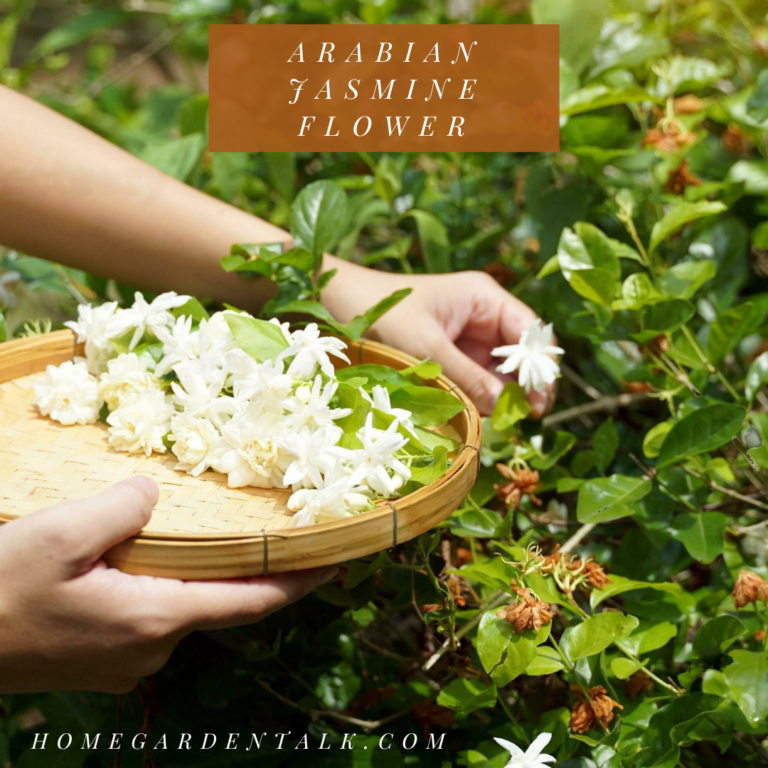Arabian Jasmine and Paras are known as Jasmine in English although the Jasmine family also includes flowers such as Jui, Jasmine etc. Arabian Jasmine flower is white in color and fragrant. But in terms of decoration, Arabian Jasmine has a prominent position. Arabian Jasmine and Paras can be reared in backyards as well as in kundas. It has a special place in the garden. Arabian Jasmine flowers especially in summer and Paras flowers in winter. Paras flowers are white in color similar to Arabian Jasmine but have less fragrance than Arabian Jasmine. Arabian Jasmine and paras flowers are used to make garlands, braids and as loose flowers in puja passages. A very valuable fragrant oil (attar) is extracted from Arabian Jasmine , which is used in perfume and cosmetic industries.
Arabian Jasmine is cultivated in South India in Tamil Nadu and Karnataka to a good extent, especially for extracting fragrant oil (attar). Arabian Jasmine is cultivated in the districts with an estimated area of 600 hectares and flower production of 3200 tonnes (year 2010-11)
Climate:
Arabian Jasmine is particularly hot and humid while Paras is more suited to cool and dry weather. However, this plant can be grown well in a variety of climates, but for commercial production, a favorable climate is essential.
Land:
Arabian Jasmine crops especially prefer well-drained, not too heavy soils with sufficient light.
Planting:
Cut cuttings, gunti cuttings, dab cuttings / cuttings prepared from pita should be planted in June-July or September-October months. Arabian Jasmine should be planted at a distance of 1 meter x 1 meter. While Paras Arabian Jasmine should be planted at a distance of 1.5 m × 1.5 m. For which pit 30 cm. × 30 cm × 30 cm It is necessary to measure. 2 to 3 kg per pit
Apply 1 kg of well-rotted screened manure or vermicompost and plant with 15 to 20 grams of chlorpyrifos (1.5 per cent) powder per pit to prevent termite infestation.
Emission:
Arabian Jasmine is propagated by cut grafting, knot grafting or dab grafting while Paras is propagated by pilau or dab grafting from roots.
Varieties:
Arabian Jasmine and Paras do not have distinct varieties but Arabian Jasmine is mainly divided into four types based on the number of flower petals, petal shape and flower size.
(1) Desi Bela or Hazara – One head simple flowered variety
(2) Cataract – variety with double flower and rounded petals
(3) Bela – variety with double flower and long petals.
(4) But Arabian Jasmine – Lakhota-like flowers with diameter up to 2.5 cm with more number of petals.
Manure:
Arabian Jasmine : This crop should be treated with 2 to 3 kg of screened manure per plant every year after sprinkling the plants Mix it well in the soil. Apart from this, 150-60-60 grams of NFO as chemical fertilizer. to give Apply nitrogenous fertilizer in three equal installments at the time of sowing and in the second and third months thereafter. Full amount of phosphorus and potash should be applied in the first week of January after sowing followed by irrigation.
Paras: Fertilize this crop as per Arabian Jasmine . But the entire amount of phosphorus and potash should be given in the first week of October after sowing.
Drink:
Arabian Jasmine should be watered for five to six days in summer according to the type of soil and climate and during winter the plant should be kept in a dry state by stopping watering and resting. When flowers come in winter in Paras, it is necessary to give irrigation for 8 to 10 days in winter.
Sorting:
Arabian Jasmine : Mogra flowers mainly in summer while it remains dormant during winter. So it is imperative to prune especially from the third week of December to the second week of January.
Paras: Pruning of Paras should be done in the month of August-September. Once in 3 to 5 years for older plants

